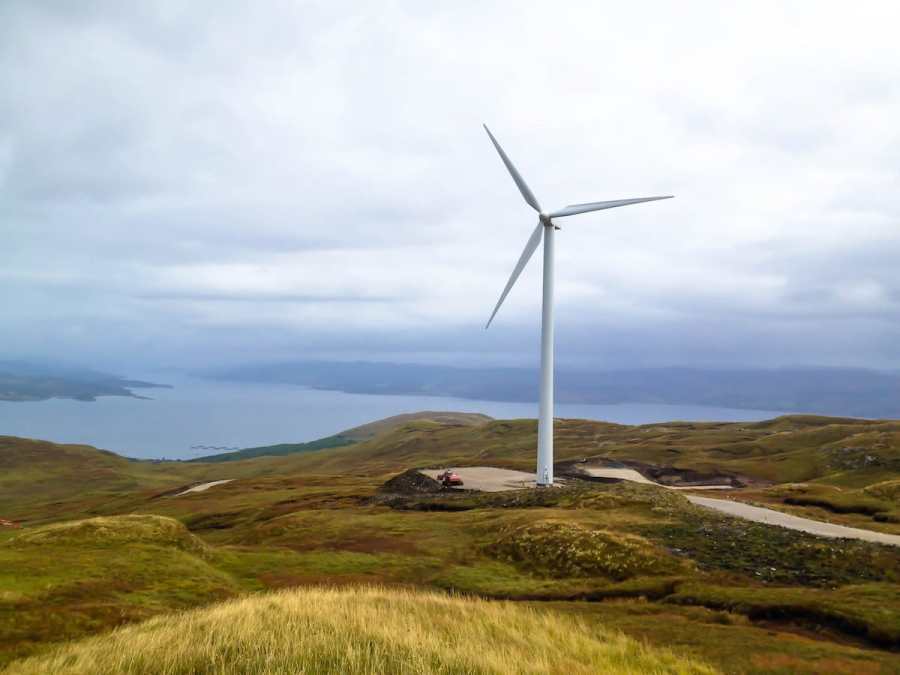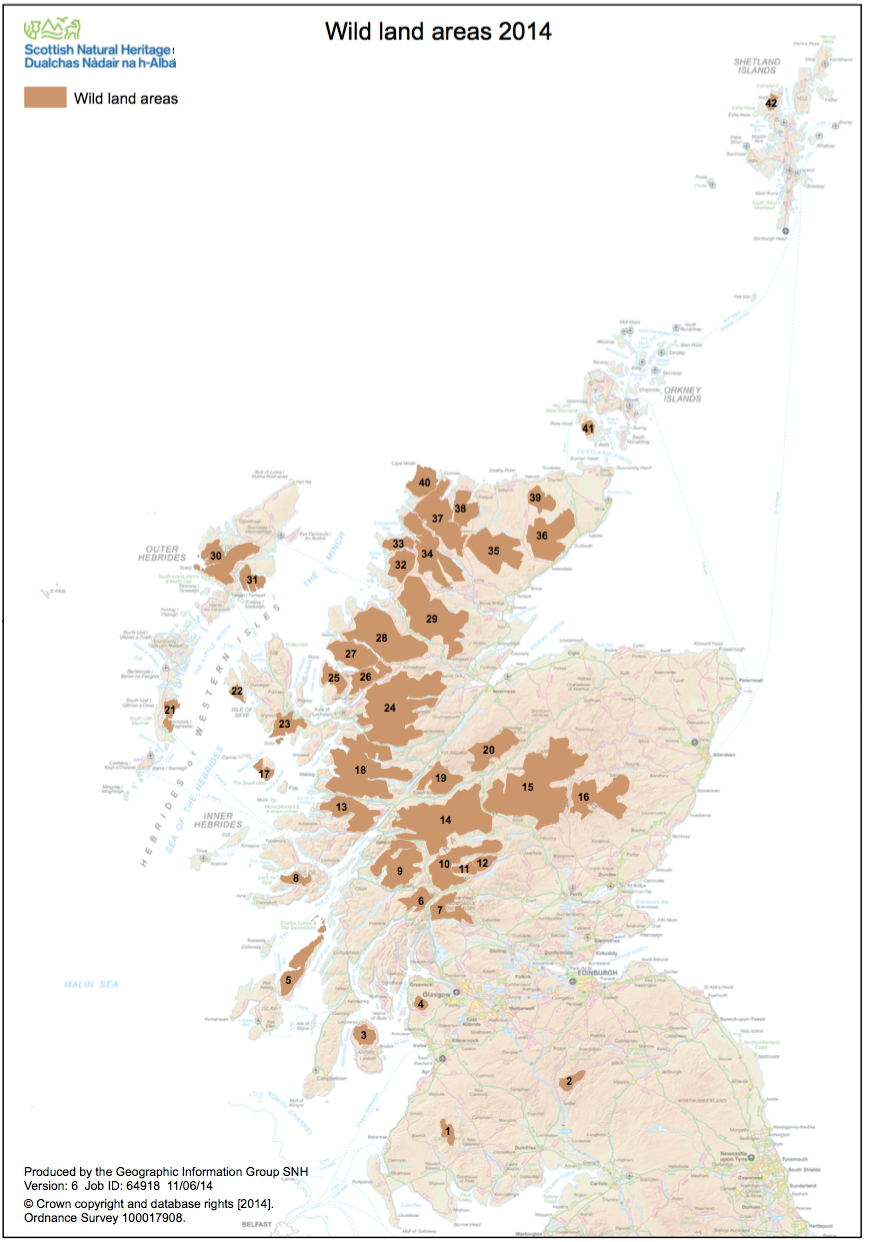After the failure of a bid to overturn approval for a 22-turbine wind farm, organisations call for better wild land protection – and greater clarity
Plans for the Creag Riabhach wind farm, planned to be sited on designated wild land near Altnaharra, were approved by the Scottish government in October 2016. Despite more than 200 objections being lodged against it, Highland Council officers recommended that the application be approved.
The wind farm will have a generating capacity of 72.6MW – enough to power 36,000 homes – and save an estimated 66,000 tonnes of CO2 a year. In addition, the government claimed that the development would generate over £9m in community benefit.
However, objectors point out that views from iconic mountains such as Ben Loyal, Foinaven, Arkle, Ben Klibreck and Ben Hope will be affected by the development. Five of the planned turbines actually stand within a designated Wild Land area.
A bid by estate owner Anders Povlsen to overturn approval for the scheme has failed. Yesterday’s Court of Session ruling over the judicial review taken out by Wild Land Ltd, against the Creag Riabhach wind farm, concluded that “the petitioners’ position appears to be that no windfarm development whatsoever should be allowed on designated wild land areas. That may be, but that is a political decision and not one for the courts.”
The John Muir Trust calls for greater clarity on Wild Land Areas
In a statement, the John Muir Trust (JMT) said that they believe this controversy demonstrates the political case for bringing the level of protection for Scotland’s 42 Wild Land Areas into line with National Scenic Areas and National Parks.
The Wild Land Areas map was published by Scottish National Heritage in 2014 and was promised ‘significant protection’ in government planning policy. Although a number of wind farm proposals on wild land have been turned down since then, last year’s approval of Creag Riabhach has led to uncertainty over the status of the Wild Land Areas map.
Andrew Bachell, Chief Executive of the John Muir Trust said: “Although we were not part of this legal case, we were among the organisations which objected to the 22-turbine wind farm, which will extend into Wild Land Area 37.
“We were surprised and disappointed by the original decision, not least because it seemed to fly in the face of eight previous decisions by the Scottish Government to reject major energy developments affecting Wild Land Areas.
“We would now ask the Scottish Government to use the forthcoming Planning Bill to bring consistency and clarity into the decision-making process by bringing Wild Land Areas into line with National Scenic Areas where major wind farms are deemed ‘unacceptable’ in Scottish Planning Policy.
“The current ambiguity in the status of Wild Land Areas devours time and money, and can involve councils, planning officials, energy companies, conservation organisations, government ministers, government agencies, lawyers and judges deliberating over a single application.
“Stronger protection would also be in tune with public opinion – a recent Scotland-wide YouGov poll found that 80 per cent agree or strongly agree that Wild Land Areas should be protected, with only 5 per cent opposed.”
Mountaineering Scotland demands absolute protection of wild land
Mountaineering Scotland CEO David Gibson said: “While we respect the decision of the court, the decision of the Minister to approve this wind farm will render an extraordinary, world-renowned, wild and open landscape completely ordinary.
“This outcome emphasises why the Scottish government must change its present policy. Wild land areas must get the same absolute protection as National Scenic Areas and National Parks. Time is running out for Scotland’s most precious natural asset – its landscape – as more and more wild land is eroded by development.
“The irony is that there is no need for the Creag Riabhach development – there is already enough operational and consented capacity to meet the Scottish Government’s generation target.”
Image / Shutterstock









